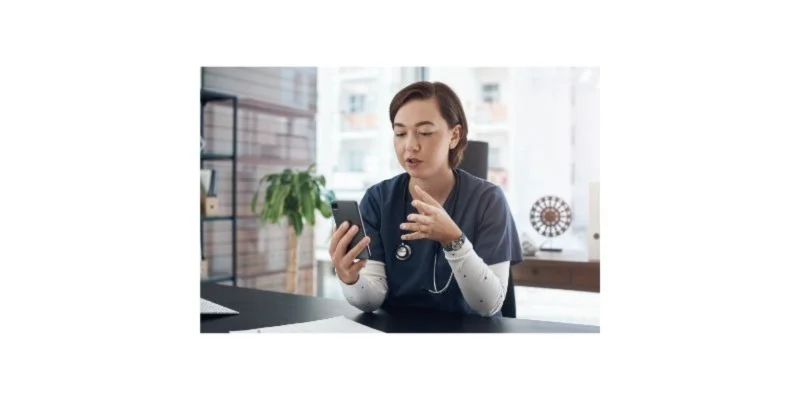Healthcare workers have been at the forefront of the COVID-19 pandemic, facing unprecedented challenges and pressure to deliver care to patients. The pandemic has accelerated the adoption of technology in healthcare education, and the workforce needs to adapt to the changing environment to continue providing quality care. To achieve this, healthcare organizations need to focus on offering mature hybrid training solutions to help healthcare workers upskill and reskill. Following are some of the strategies that healthcare organizations can adopt to educate physicians, clinicians, and others in the healthcare industry.
Proactive Learning and Self-Directed Learning (SDL)
Healthcare workers should become proactive learners, and organizations need to support self-directed learning (SDL). SDL enables learners to take control of their learning and acquire new skills and knowledge at their own pace. Education Directors can provide access to learning resources, such as microlearning, social learning, video-based learning, and online courses, to enable learners to take control of their learning journey. Physicians, nurses, and other healthcare workers can also be encouraged to participate in online forums and social media groups related to their profession to gain new insights and perspectives.
Digital Transformation in the Workplace Education
The COVID-19 pandemic has forced healthcare organizations to adopt digital transformation in the workplace. Clinicians need to adapt to new digital processes and tools and current workplace trends such as diversity and inclusion training. L&D needs to support the workforce in adjusting to a hybrid working environment, by providing training programs and resources to help healthcare workers develop the necessary skills and knowledge. This can be achieved through modern digital learning developed to be accessible at any time from any type of mobile device.
Learning-in-the-Flow-of-Work (LIFOW) Experiences
Learning-in-the-flow-of-work (LIFOW) experiences should be a priority for healthcare organizations. LIFOW provides targeted and compact knowledge to the staff through in-app experiences on their devices. This approach reduces training time and makes the training or onboarding procedure more efficient. The staff and newcomers can access interactive walkthroughs, knowledge bases with Q&A, tooltips, and important messages to acquire new skills and knowledge on-demand. This approach is particularly useful for physician and nursing teams who need to access information quickly to make informed decisions.
Room for Experimentation with Newer Content Formats and Training Delivery Methods
Healthcare organizations need to experiment with newer content formats and training delivery methods to create repurposed and more attractive learning content. Repurposing existing materials can save time and energy for L&D leaders, and implementing alternative training delivery methods like learning in the moment of need, micro-learning, or creating a raining delivery method encourages continuous learning and upskilling. By adopting these strategies, healthcare businesses can equip their workforce with the necessary skills and knowledge to provide quality care to patients in an ever-changing healthcare environment. Physicians and other healthcare workers can benefit from these strategies, allowing them to continuously improve their skills and knowledge and provide better healthcare outcomes. In an era where the healthcare industry is rapidly evolving, it is essential to invest in training and education for healthcare workers to ensure that they remain competent, productive, and adaptable to the changing times.

